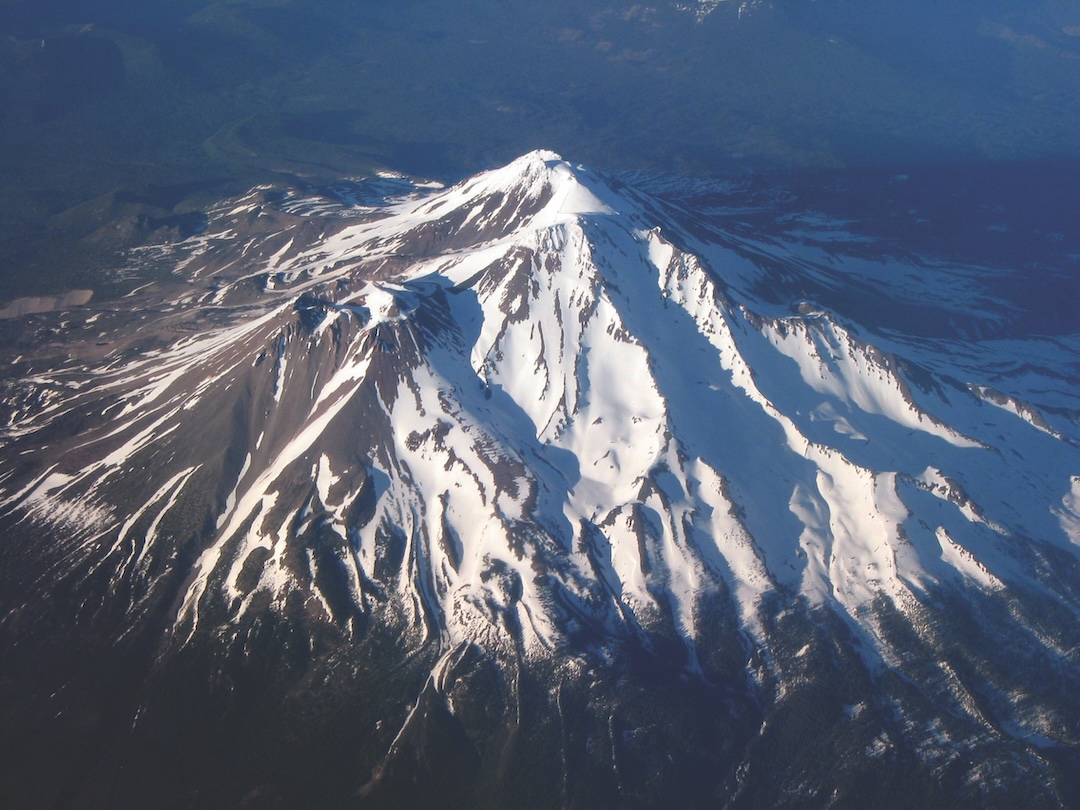Shasta Season Summary
California, Mt. Shasta

The 2024 climbing season began strong in mid-April, with excellent snow coverage across all major routes. At 7,000 feet, the snowpack measured an impressive 170 inches, attracting skiers and climbers to the upper mountain whenever the weather allowed. Despite generally favorable conditions, late-season winter-like storms brought some spice. Early-season accidents primarily involved climbers ascending during storm conditions, resulting in two separate avalanche incidents and confirming the avalanche risk.
By May, the weather improved significantly, drawing large numbers of recreational climbers. Weekends became particularly crowded, culminating on Memorial Day weekend, one of the busiest weekends of the year. As May progressed, ski conditions deteriorated, prompting a shift in focus to mountaineering, sans skis.
By mid-June, snow had receded from the Bunny Flat parking lot and much of the lower mountain was snow-free. Climbing conditions on the south side began to decline by July, pushing climbers to alternative trailheads such as Clear Creek and North Gate. Summer continued with climbers favoring the north and east sides of Mt. Shasta.
The Clear Creek route remains a popular mid-to-late-season option, especially for novice mountaineers. Generally low slope angles minimize rockfall hazards, though slips, trips, and falls on loose rock have resulted in numerous twisted and broken ankles over the years. Exposure-related injuries have occurred, particularly when climbers become lost in poor weather. While the route is less technical, venturing off course can lead to steep and hazardous terrain. (Source: Mt. Shasta Climbing Rangers.)

